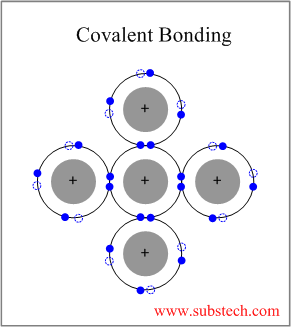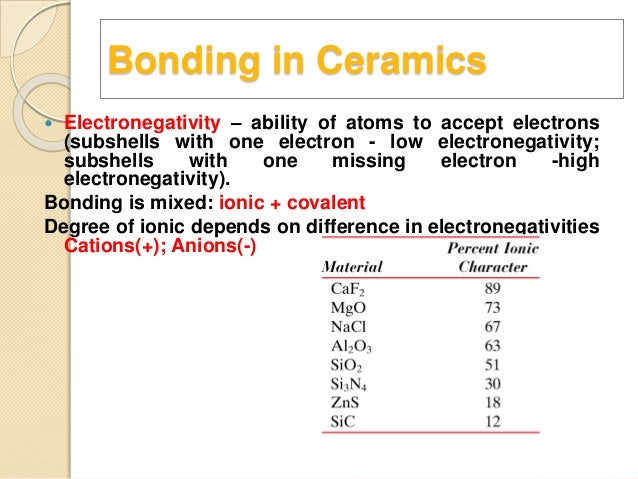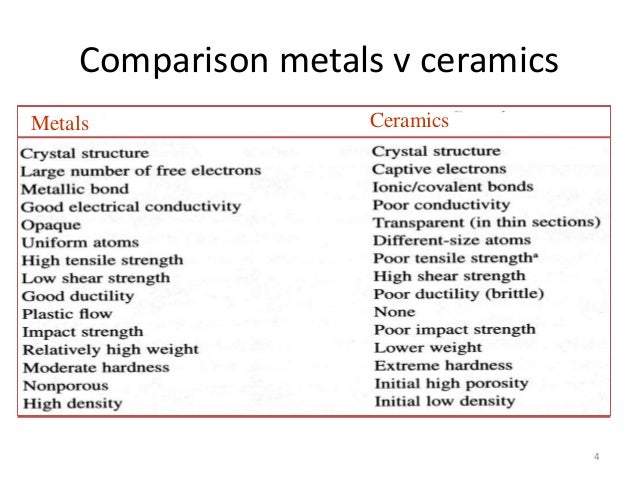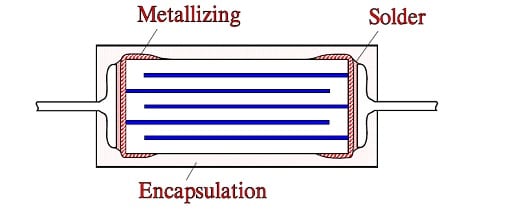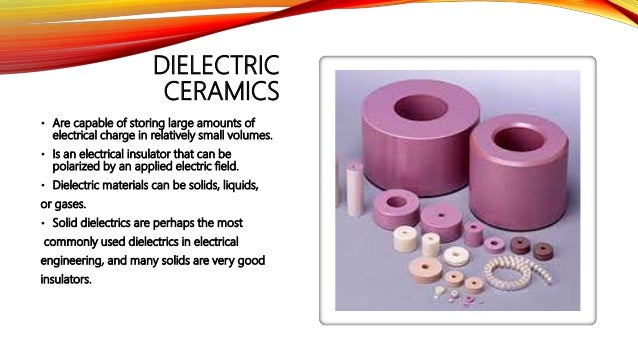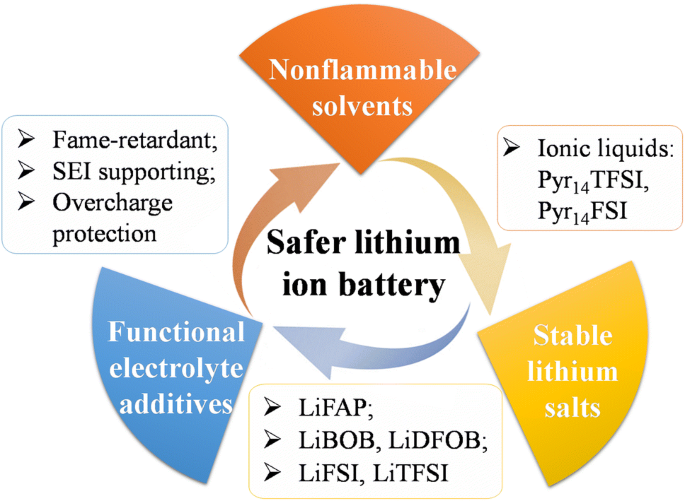Common Ionic Conductive Ceramics

In materials science fast ion conductors are solids with highly mobile ions these materials are important in the area of solid state ionics and are also known as solid electrolytes and superionic conductors these materials are useful in batteries and various sensors.
Common ionic conductive ceramics. Paul heitjans and sylvio indris. Condensed matter volume 15 number 30. Fast ion conductors are used primarily in solid oxide fuel cells as solid electrolytes they allow the movement of ions without. Zirconium dioxide zro 2 sometimes known as zirconia not to be confused with zircon is a white crystalline oxide of zirconium its most naturally occurring form with a monoclinic crystalline structure is the mineral baddeleyite a dopant stabilized cubic structured zirconia cubic zirconia is synthesized in various colours for use as a gemstone and a diamond simulant.
Published 18 july 2003 journal of physics. The ionic and covalent bonds of ceramics are responsible for many unique properties of these materials such as high hardness high melting points low thermal expansion and good chemical resistance but also for some undesirable characteristics foremost being brittleness which leads to fractures unless the material is toughened by. Also copper oxide based ceramics have been shown to have superconducting properties. The experimental methods applied are on the one hand tracer diffusion or conductivity methods which are sensitive to macroscopic transport and on the other.
A common definition of a ceramic is a hard material that is held together with ionic and covalent bonds. Here we report that a composite polymer electrolyte with well aligned inorganic li conductive nanowires exhibits an ionic conductivity of 6 05 10 5 s cm 1 at 30 c which is one order of magnitude higher than previous polymer electrolytes with randomly aligned nanowires. For instance a polycrystalline many grained version of zirconia is used as an oxygen sensor in automobile engines owing to its ionic conductivity. However the ionic conductivity of such systems is not yet high enough to meet the demands of practical applications.
Indeed many ceramics are quite conductive electrically. Additionally carbon based materials such as carbon fiber carbon nanotubes and graphene can be considered ceramics. Hence obtaining interfacial configurations that promote the formation of oxygen vacancies is highly desi. Diffusion and ionic conduction in nanocrystalline ceramics.
Graphene is currently considered the strongest known material. The large conductivity enhancement is ascribed to a fast ion. Although ionic conductivity is known to vary qualitatively with different ceramic concentrations and polymer crystallinity no quantitative correlation between these physical parameters has yet been identified. According to this definition elemental carbon is a ceramic.

